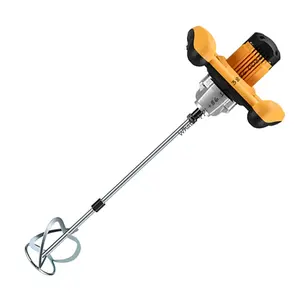Popular in your industry





































































Related Searches:








































































































































Top categories
About spindle moulder tooling
The spindle moulder is an essential woodworking machine for producing intricate profiles in wood. It is a versatile tool used in various applications. The spindle moulder machine consists of a rotating spindle that holds a variety of cutting tools. These tools, also known as spindle moulder cutters, are available in a range of shapes and sizes to create different profiles and shapes in wood. The spindle moulder is also commonly referred to as a spindle shaper in some regions. The spindle cutter is the heart of the machine, and its performance directly impacts the quality of the woodwork produced. Choosing the right spindle moulder cutters is crucial for achieving precision and efficiency in woodworking projects.
Types of spindle moulder tooling
There are several types of spindle moulder tooling, each designed for specific woodworking tasks. Straight spindle cutter are used for creating straight edges and grooves. They are ideal for tasks such as jointing, rabbeting, and dadoing. Rabbeting and profiling cutters are used to create rabbet joints and decorative profiles, respectively. These cutters come in various designs to produce different shapes and decorative details on the wood. Tongue and groove cutters are used to create interlocking joints, commonly seen in flooring, paneling, and cabinet making. These cutters consist of two parts – one for cutting the tongue and the other for cutting the groove. Raised panel cutters are designed to create the raised panels often used in cabinet doors. These cutters are available in different profiles to achieve various decorative panel designs.
How to choose spindle moulder tooling
When choosing spindle moulder cutters, several factors need to be considered to ensure the right tool is selected for the woodworking task at hand. The first consideration is the type of cut required. Different cutters are designed for specific tasks, such as creating profiles, joints, or grooves. Understanding the woodworking project's requirements is crucial in selecting the appropriate cutter. The material of the cutter is another important factor. High-speed steel (HSS) cutters are durable and suitable for general woodworking. Tungsten carbide-tipped (TCT) cutters offer enhanced durability and are ideal for cutting hardwoods and abrasive materials. Solid carbide cutters are the most durable and are suitable for high-volume production.
The cutter's size should also be compatible with the spindle moulder machine. The spindle size and the maximum cutter diameter the machine can accommodate need to be considered. Additionally, the number of tooling inserts or blades can affect the cutting performance and finish. Single insert cutters are cost-effective and easy to replace. Multiple insert cutters allow for different cutting profiles and provide improved finish quality. The speed rating of the cutter should match the spindle moulder machine's speed capabilities to ensure safe and efficient operation. Lastly, considering the cutter's quality and brand reputation is essential for long-term performance and reliability.
Maintenance of spindle moulder tooling
Proper maintenance of spindle moulder tooling is essential to ensure their longevity and optimal performance. Regular inspection of the spindle moulder machine cutters for any signs of wear, damage, or dullness is crucial. Dull cutters can result in poor-quality finishes, increased material tear-out, and can strain the spindle moulder motor. Ensure the cutters are clean, free of debris, and properly installed in the spindle. Any damaged or excessively worn cutters should be replaced to maintain safety and woodworking precision. When handling and changing cutters, following the manufacturer's guidelines and using appropriate tools is necessary to prevent accidents and damage to the tooling.
Proper storage of the spindle moulder cutters is important to prevent rust and damage. Consider using protective cases or organizers to keep the cutters organized and easily accessible. Additionally, it is advisable to periodically rotate the cutters to ensure even wear. When not in use, applying a light coat of rust-preventive oil can help protect the cutter's surface. Adhering to a regular maintenance schedule, which includes cleaning, inspection, and, if needed, sharpening or reconditioning the cutters, is key to preserving their sharpness and overall performance.
















































